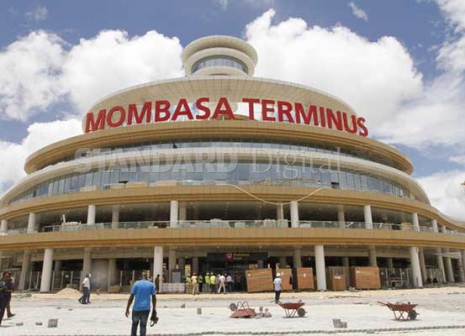×
The Standard e-Paper
Join Thousands of Readers

Mombasa island’s transport infrastructure will never be the same again after completion of the Standard Gauge Railway in June. The railway will solve the city’s crazy traffic and congestion at Likoni Ferry, the only crossing into South Coast.
The Government reckons that the completion of the SGR and a host of other link roads in the South Coast, will be a gamechanger.